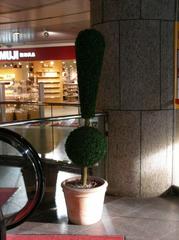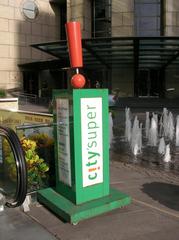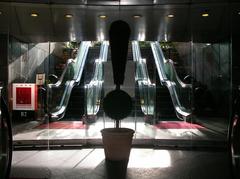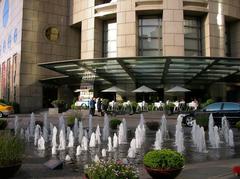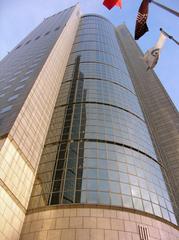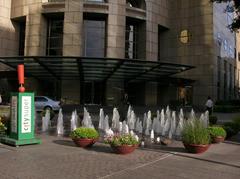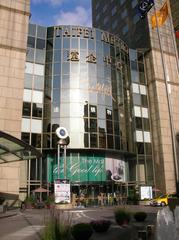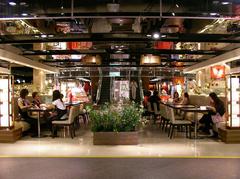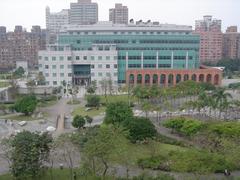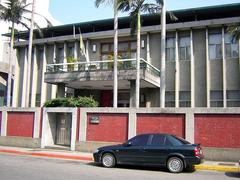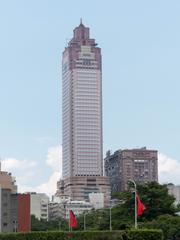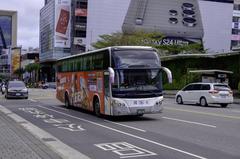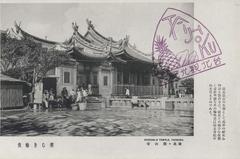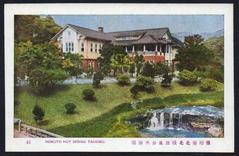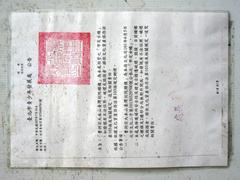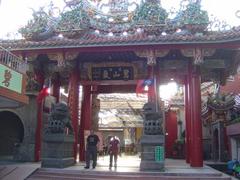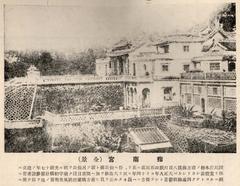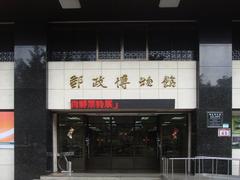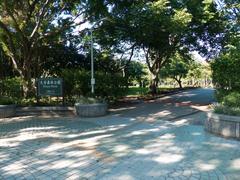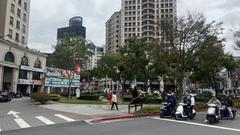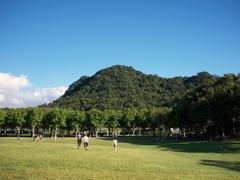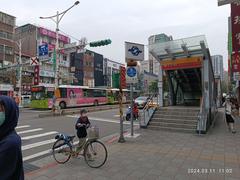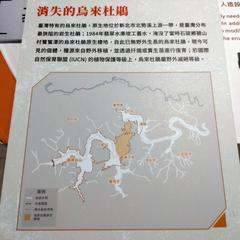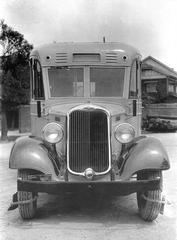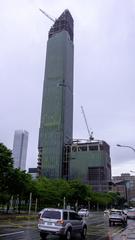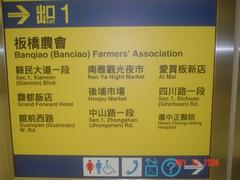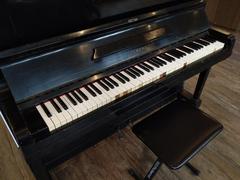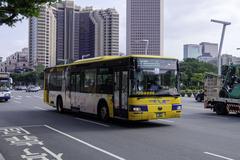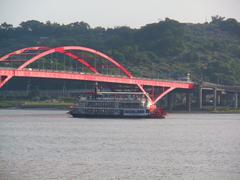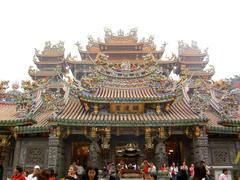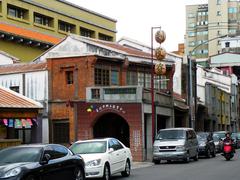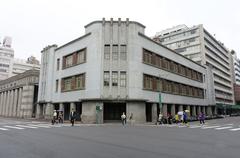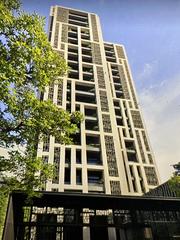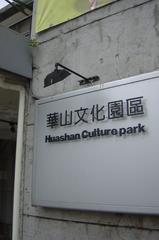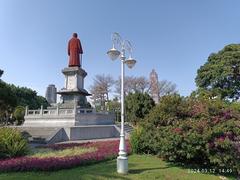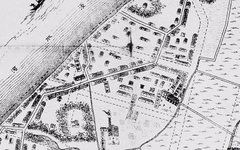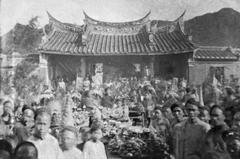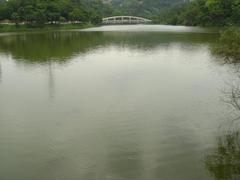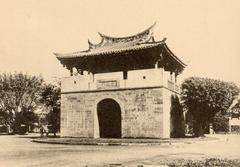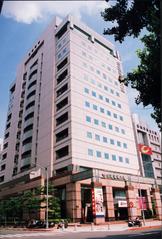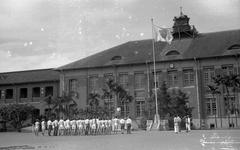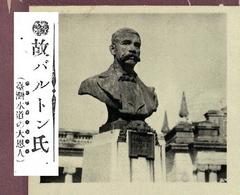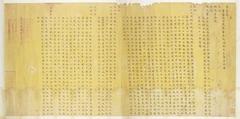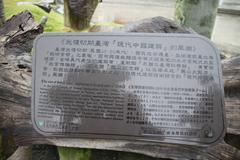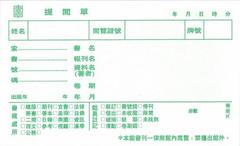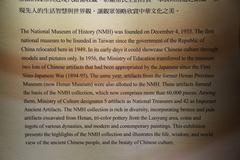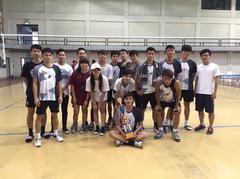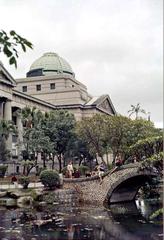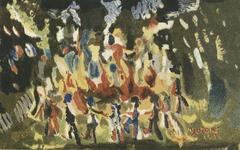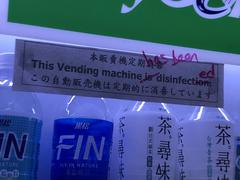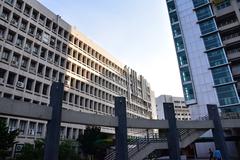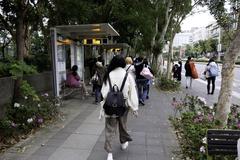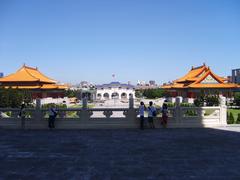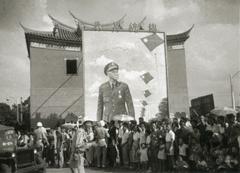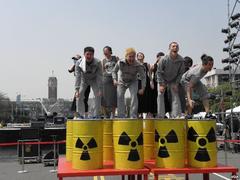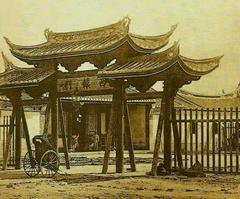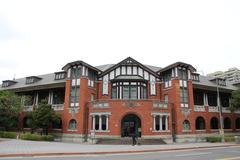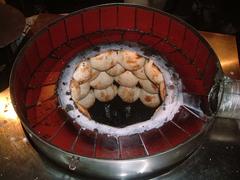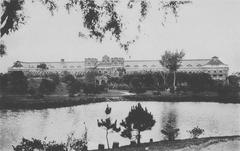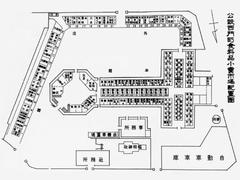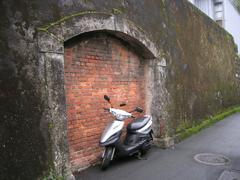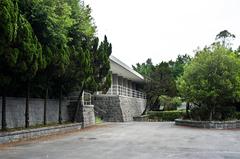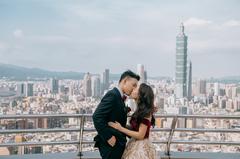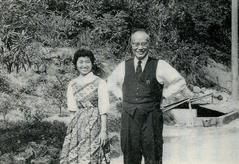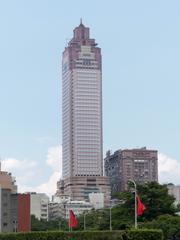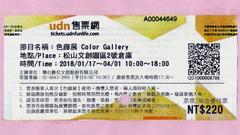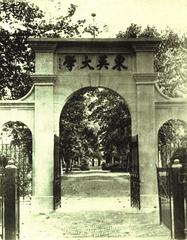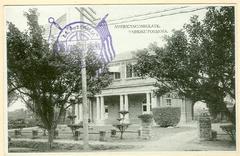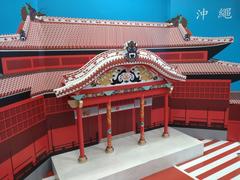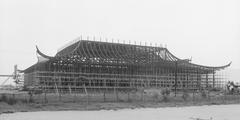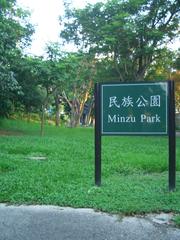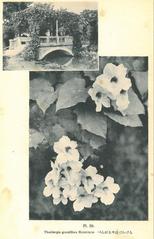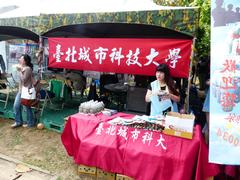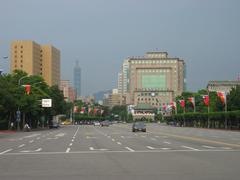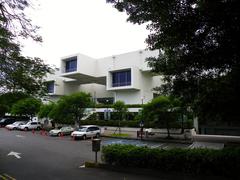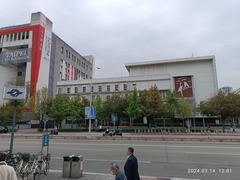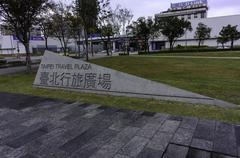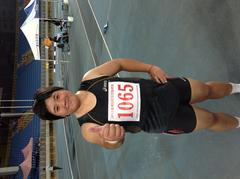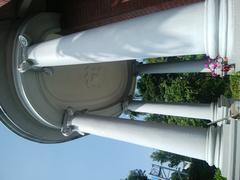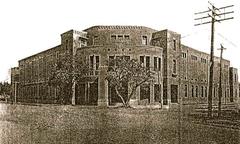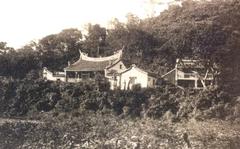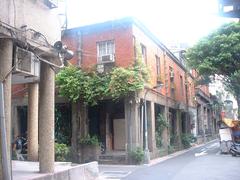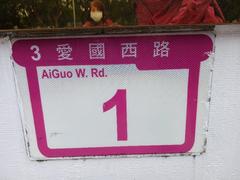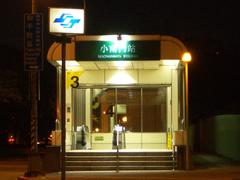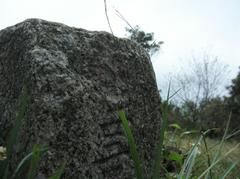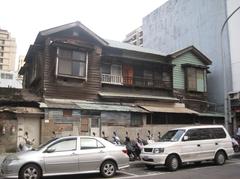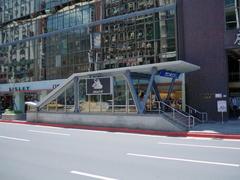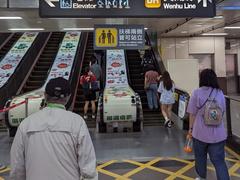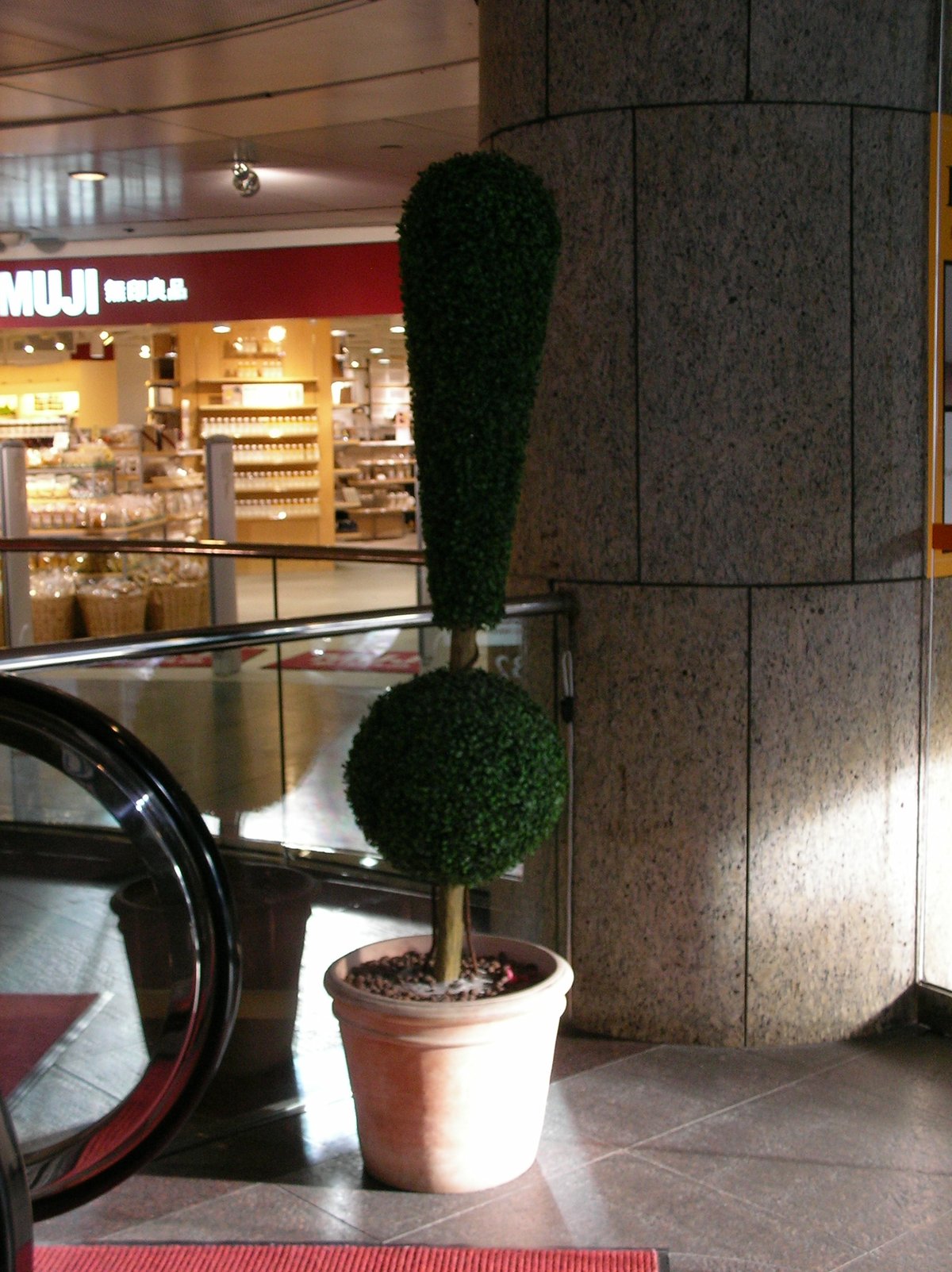
Far Eastern Plaza Taipei: Visiting Hours, Tickets, and Travel Guide
Date: 14/06/2025
Introduction
Nestled in Taipei’s vibrant Daan District, the Far Eastern Plaza stands as an enduring symbol of the city’s evolution—where modernity meets tradition, and luxury coexists with cultural heritage. Completed in 1994 by the Far Eastern Group, this twin-tower complex has become an architectural and social landmark, blending international modernism with traditional Chinese motifs (Taipei Travel). Visitors are drawn by the Shangri-La Far Eastern Plaza Hotel’s renowned hospitality, a diverse culinary scene, and the plaza’s role as a community and cultural hub (The Amazing Taiwan). This comprehensive guide details everything you need to plan your visit: from visiting hours and ticketing, to historical context, architectural highlights, and nearby attractions.
Table of Contents
- Introduction
- Historical Evolution of Far Eastern Plaza
- Visiting Information
- Architectural Significance
- Cultural and Social Impact
- Visitor Insights: What to See
- Frequently Asked Questions (FAQs)
- Conclusion and Call to Action
- Summary and Practical Tips
- References
Historical Evolution of Far Eastern Plaza
Origins and Urban Context
The Far Eastern Plaza occupies a site rich in historical significance. Previously, the area was home to Fujian-style residences such as the Lin An Tai Historical House. The preservation efforts for these heritage structures in the 1980s contributed to the shaping of Taiwan’s Cultural Heritage Preservation Act (Taipei Travel). The plaza’s development reflects Taipei’s broader narrative of balancing progress with cultural preservation.
Development and Construction
Developed by the Far Eastern Group and completed in 1994, the complex features two towers—each 165 meters tall and comprising 41 floors. These towers house the Shangri-La Far Eastern Plaza Hotel, luxury residences, office spaces, and a high-end shopping mall, setting a precedent for mixed-use urban development in Taipei (Emporis).
Visiting Information
Visiting Hours
- Shopping Mall: 11:00 AM – 9:30 PM daily
- Shangri-La Far Eastern Plaza Hotel: 24/7 for guests; public areas accessible during business hours
- Public Spaces and Atrium: Same as shopping mall hours
Tickets and Entry Fees
- Entry: Free for shopping mall and public areas
- Hotel Facilities: Require booking or reservation
- Special Events/Workshops: May require advance reservation
Accessibility and Travel Tips
- Accessibility: Fully wheelchair accessible with ramps, elevators, and accessible restrooms
- Transportation: Located near Zhongxiao Dunhua MRT station; easily accessible by bus and taxi
- Parking: On-site paid parking available
- Best Time to Visit: Weekdays, late morning or early afternoon for fewer crowds
Nearby Attractions
- Lin An Tai Historical House: Traditional architecture and cultural exhibitions
- Daan Forest Park: Urban green space for relaxation
- Taipei 101 & Xinyi District: Shopping, dining, and cityscape views
- Chiang Kai-shek Memorial Hall: Historical and cultural site
- Dadaocheng: Historic neighborhood with tea houses and heritage shops
Architectural Significance
Design and Engineering
Designed by Palmer & Turner and Taiwanese architect Chu-Yuan Lee, the twin towers reflect a harmonious blend of international modernism and traditional Chinese symbolism. Viewed from above, the towers form the number “8,” signifying prosperity in Chinese culture (Wikipedia; OutThere Travel). The granite-clad facades are adorned with subtle traditional motifs, while reinforced concrete cores and steel frameworks ensure earthquake resistance—essential for Taiwan’s seismic conditions (The Amazing Taiwan; Lonely Planet).
Role in the Cityscape
Upon completion, Far Eastern Plaza helped spur the vertical development of Daan District and influenced the rise of later landmarks such as Taipei 101 (Art Facts). It remains a visual anchor in the city’s skyline and an exemplar of sustainable urban development.
Cultural and Social Impact
Far Eastern Plaza is more than an architectural icon; it serves as a vibrant cultural and social center. The hotel’s grand ballroom and event spaces host weddings, international conferences, and cultural exhibitions, supporting Taipei’s reputation as a hub for MICE (Meetings, Incentives, Conferences, and Exhibitions) tourism (FEG). Restaurants such as Shang Palace and Ibuki showcase Taiwanese, Cantonese, and Japanese cuisines, reflecting the city’s multicultural fabric. Art installations and antiques in public spaces celebrate the region’s heritage (OutThere Travel).
The plaza’s integration with the community extends to sustainability initiatives—energy efficiency, waste reduction, and community outreach—positioning it as a model of responsible urban hospitality (Wikipedia; FEG).
Visitor Insights: What to See
- Twin Tower Silhouette: The symmetry and balance of the towers reflect both modern and traditional design philosophies.
- Facade Details: Traditional Chinese motifs subtly integrated into the stone and glass exteriors.
- Public Art and Antiques: Oriental artworks and antiques in hotel lobbies and public areas.
- Dining Venues: Award-winning restaurants offering panoramic city views.
- Atrium and Public Spaces: Filled with natural light, these areas exemplify Taiwanese contemporary design.
Frequently Asked Questions (FAQs)
Q: What are the Far Eastern Plaza Taipei visiting hours?
A: Shopping mall and public areas are open from 11:00 AM to 9:30 PM daily; the hotel operates 24/7 for guests.
Q: Is there an entry fee or ticket required?
A: No, public access to the shopping mall and communal areas is free. Some hotel events or workshops may require advance booking.
Q: Are guided tours available?
A: The hotel does not offer official building tours, but concierge staff can recommend local cultural tours.
Q: Is the complex wheelchair accessible?
A: Yes, the complex is fully accessible with ramps, elevators, and accessible restrooms.
Q: How do I get there by public transport?
A: The nearest MRT station is Zhongxiao Dunhua; several buses also serve the area.
Q: Are special events or exhibitions held at Far Eastern Plaza?
A: Yes, the plaza regularly hosts cultural events, exhibitions, and seasonal celebrations.
Conclusion and Call to Action
Far Eastern Plaza Taipei is a destination where history, culture, luxury, and community intersect. Whether you’re exploring its architectural marvels, indulging in its culinary offerings, or attending a conference, the plaza provides a multifaceted experience at the heart of Taipei’s urban life. For current information on visiting hours, events, and amenities, visit the official Shangri-La Far Eastern Plaza Hotel website. Enhance your journey by exploring nearby historical sites and engaging with the plaza’s cultural activities. Download the Audiala app for personalized travel recommendations and follow our channels for the latest updates.
Summary and Practical Tips
- Far Eastern Plaza Taipei is open daily to the public, with no entry fee for shopping or communal spaces.
- The complex’s twin towers feature innovative design, sustainable engineering, and cultural symbolism.
- Enjoy luxury accommodation, diverse dining, and unique art displays.
- The location offers easy access to Taipei’s top attractions, including historic sites and green spaces.
- For optimal experience, visit on weekdays and use public transportation.
- Stay updated on events and travel tips via official hotel and tourism websites.
References
- Far Eastern Plaza Taipei: Visiting Hours, Tickets, and Architectural Highlights, 2024, Taipei Travel
- Far Eastern Plaza Complex Taipei: Visiting Hours, Tickets, and Must-See Attractions, 2024, Shangri-La Official
- Visiting the Far Eastern Plaza Taipei: Hours, Tickets, History, and Cultural Highlights, 2024, OutThere Travel
- Far Eastern Plaza, 2024, Wikipedia
- Taiwanese Architecture: A Fascinating Blend of Traditional and Modern Styles, 2024, The Amazing Taiwan
- Things to Know Before Traveling to Taipei, 2024, Lonely Planet
- Famous Buildings in Taipei, 2024, Art Facts
- Company Information, 2024, Far Eastern Group (FEG)
